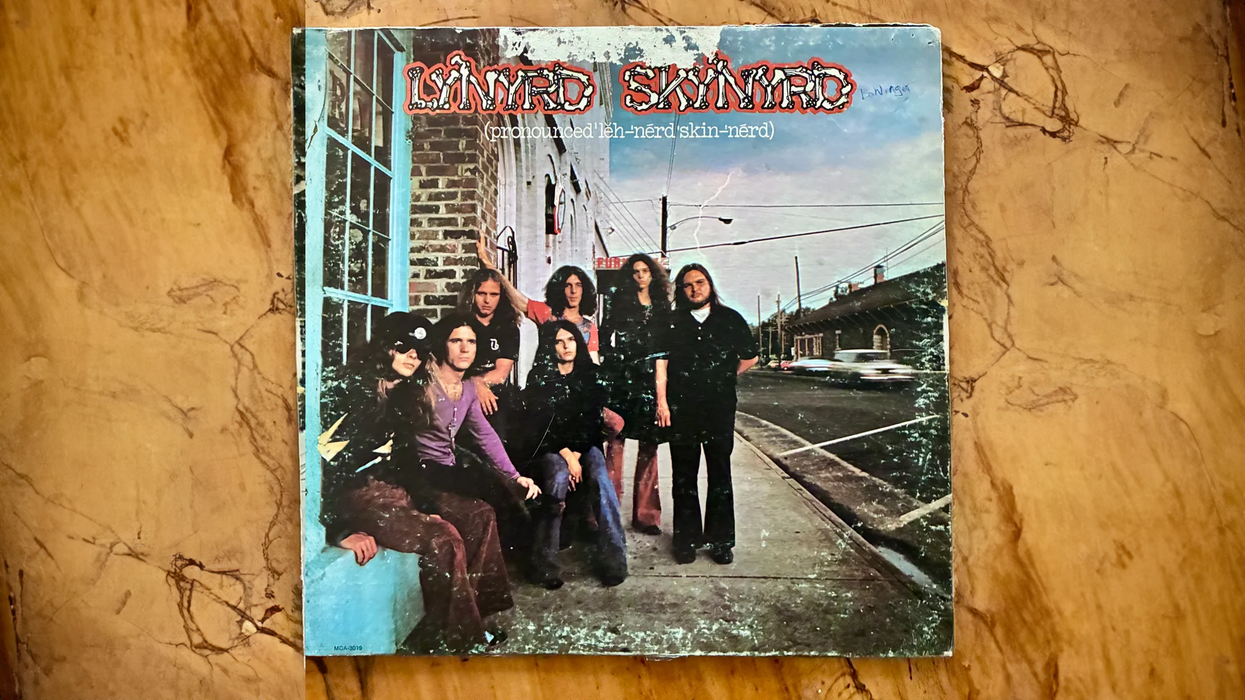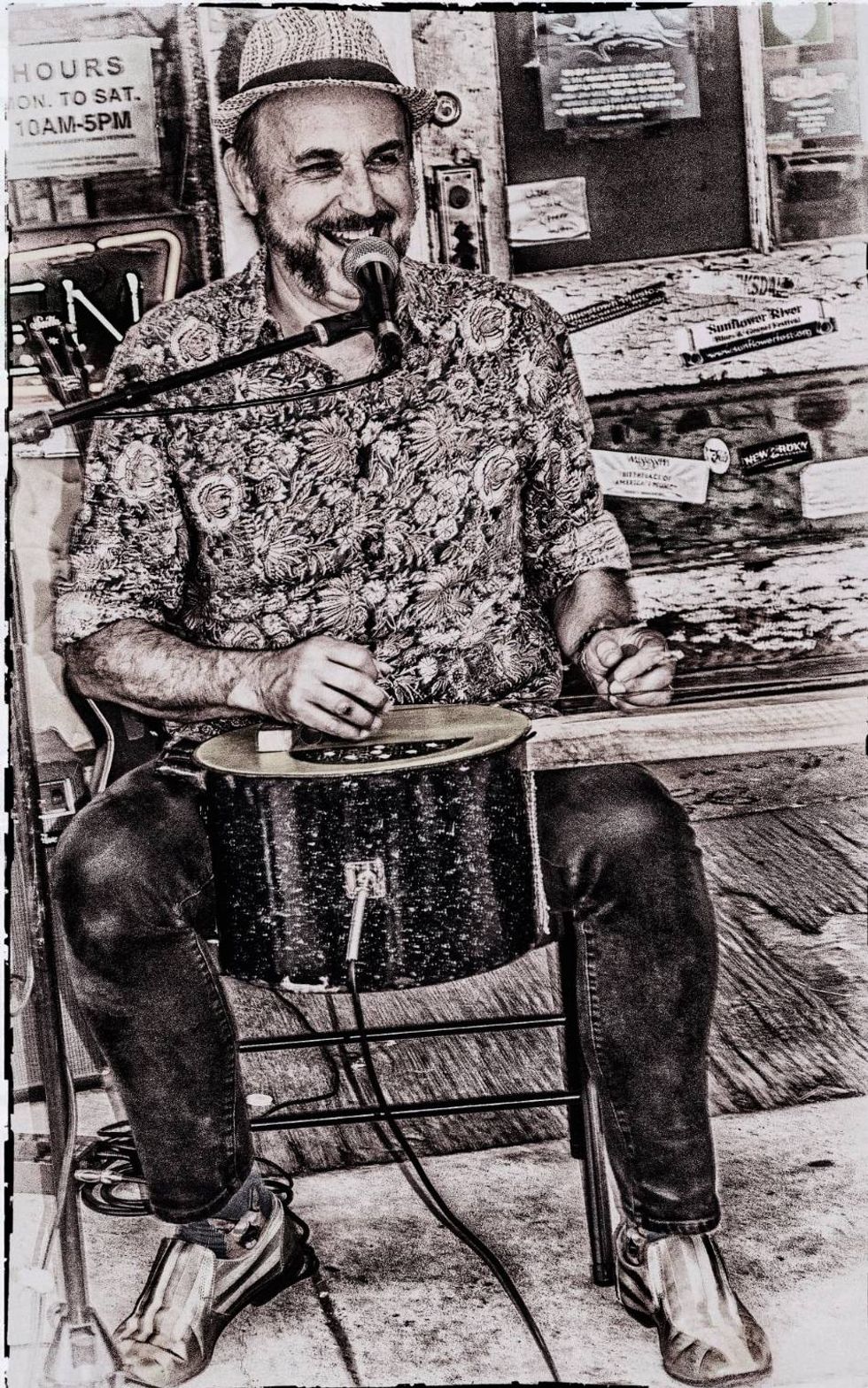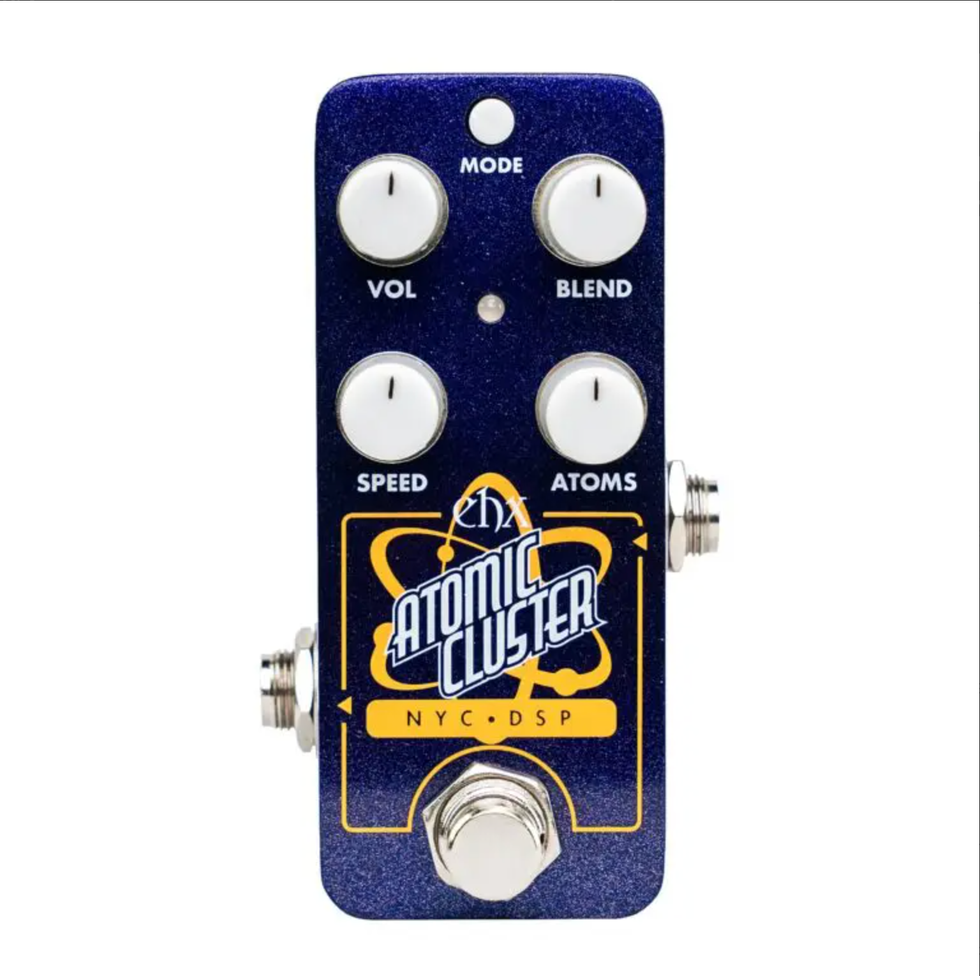Do you file your taxes on January 1st, April 15th, or at the end of an extension well into the summer? Do you leave early going to appointments or dash out the door late hoping that traffic will be working in your favor? At opposite ends of the strategy spectrum, there are planners and there are those who wing it, but the truth is we all do a little bit of both. Some of us crave the comfort and illusion of control that planning provides, while others can be addicted to the panic rush an impending deadline brings. Whether you’re a musician or a craftsman, it’s good to recognize the difference and try not to beat yourself up about where you happen to fall on the spectrum. After all, it’s about the journey, right?
“Life is what happens to us while we are making other plans.” —Allen Saunders
Management gurus are fond of saying, “If you fail to plan, plan on failing.” That’s a little harsh. A solid roadmap is a great way to start. If you’re laying out a new pedalboard, it’s useful to make a pencil and paper sketch of the signal path as a reference starting point. A band’s setlist paces a performance and keeps the flow going.
The same goes for building an instrument. If you list the steps in order and walk through the process in detail mentally, you’ll avoid painting yourself into a corner—especially if you are using jigs and fixtures. Many operations rely upon locating or clamping parts using pins and locating holes that are either removed or covered up by subsequent steps. If you work out of sequence or skip a step, you might find that your reference points are now gone. Following a prescribed order also allows you to organize your shop, keeping all the tools near the place they are needed as the work moves along. However, in both live performance and manufacturing, the audience may ask for something else. This is when the rote playbook gets set aside.
In guitar building, a pickup or color change is usually no big deal, but custom orders that physically deviate from the norm are a different matter. Changes in control locations, fretboard width, and scale length not only affect the parts (and the programs or fixtures that make them), but also change their relationship to the other parts. This is when builders have to play jazz and improvise. Thinking through steps ahead of time allows you to know which operations will influence others. For example, a scale-length change not only moves the fret slots—it alters the neck joint, pickup placements, and bridge location. Even a small change in neck width alters the neck joint and head blend. There are a lot of decisions that go into a seemingly simple change, so this is where planning pays off.
But not everything good comes from well-laid plans themselves. If you are an astronaut going to a space station, you’ll want a solidly built plan that allows for contingencies, too. When you’re on vacation driving cross-country, you might decide to take a little detour to explore something you heard about along the way. Think of building a custom instrument as a blend of both these things. Without getting all mystical and hippie on you, I like to let the build talk to me. Sometimes the wood will dictate certain aspects, like how deep a top carve should be—and certainly how best to fade a burst. Because even within a single species of wood, there are large variations in density and grain, so you need to be on your toes matching neck and body. In order to best suit the guitar, sometimes a completed instrument will beg for different pickups than originally imagined. Guitarists often like the idea of knowing exactly what they are getting when ordering a custom instrument, but that’s not always practical. Which is why I like to get a feel for the ultimate goal, and then we both agree to let the materials and the build take its course. It’s like reading the room during your set. Plan first, but be open to changes along the way.
There are plenty of little pink houses for sale, but when you trust your intuition, that’s when the dream home appears. Sometimes great things come from going off course, as scary as that might be to those who plan. Whether you are buying a custom instrument or making one for a client, it’s always best to stick to the process, and the process is a journey to a new and sometimes surprising destination.











![Rig Rundown: John 5 [2026]](https://www.premierguitar.com/media-library/youtube.jpg?id=62681883&width=1245&height=700&quality=70&coordinates=0%2C45%2C0%2C45)











